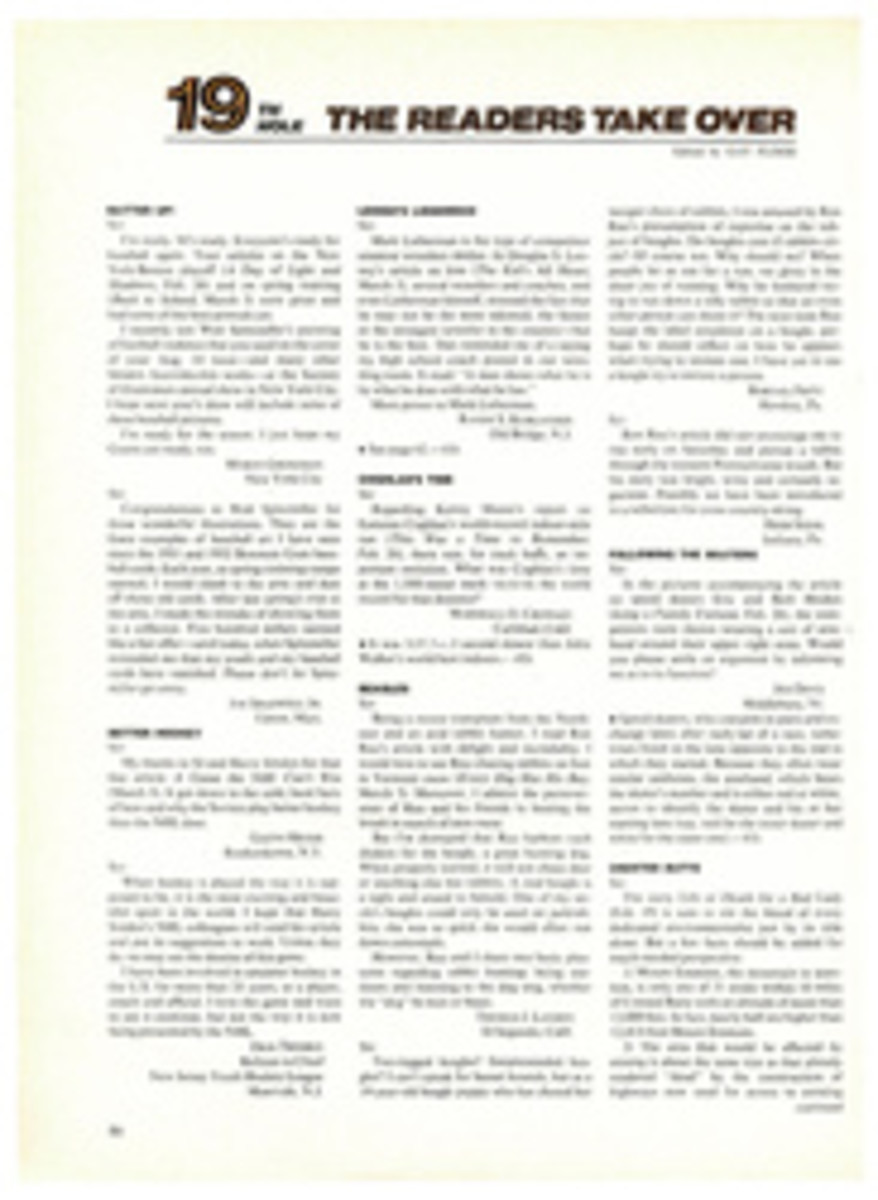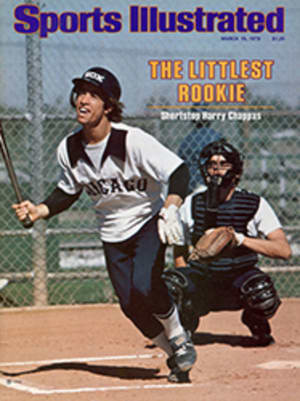
LEARN TO PERFORM OPEN-HUB SURGERY AT THIS VERMONT BIKE-REPAIR CLINIC
There were five of us, on a sunny morning, waiting to discover what a five-day course in a bicycle-repair clinic would teach us. The clinic, for which the fee is $190, is a unique feature of Vermont Bicycle Touring, an organization devoted to cycling, which makes its headquarters in tiny Bristol, Vt. (R.D. #3, Bristol. Vt. 05443) VBT is the most successful operation of its kind in the U.S. Last year 2,600 cyclists from 31 states and three foreign countries pedaled more than 270,000 miles on VBT's scheduled tours.
It all started seven years ago when VBT's John Freidin, an assistant professor at nearby Middlebury College with a "subliminal desire to get out of academics," organized his first tour with three borrowed bicycles. Freidin now owns 95 10-speeds (all Motobecanes) and three vans for carting them around. He employs 21 tour leaders, a small office staff and a 28-year-old master mechanic named Lynn (Bruz) Brown, whose idea of bliss is a repair barn full of bicycles in need of open-hub surgery.
"By the time you leave my repair clinic," Bruz told his five students, "you will all be D.D.S.—Doctors of Derailleur Science."
Chuck Krueger, a 31-year-old microbiologist from New Jersey, had brought two bicycles with him, one to tinker with and the other to ride—a 15-speed Schwinn Paramount with fancy Shimano and Campagnolo derailleurs. Other machines carted to Vermont included an English Dawes, owned by Mike Riezenman, 37, a technical editor with McGraw-Hill in New York; a French Peugeot, the property of 50-year-old Harold Walter, an elementary school teacher from Dolgeville, N.Y.; and an English Raleigh, owned by Valerie Whitney, 18, of Cohasset, Mass. I had rented one of the Motobecanes.
The repair barn in Bristol was seven miles by bicycle from the hotel in East Middlebury, where we were staying. By the time we arrived to start our first class, Bruz had punctured some inner tubes because, as he explained, the morning was to be devoted to repairing rear-wheel flats. Our first task was to remove the rear wheels from our bikes.
"Cyclists often think they are going to change the adjustment on their shifting when they take off the rear wheel." Bruz said, "but there is no reason to even fiddle with the rear derailleur. Give yourselves slack in the chain by putting it on the small sprocket in the rear. By doing this there will be as much play in the derailleur as you can get."
After putting our chains on the proper sprockets, we were instructed to get behind our wheels, push the quick release lever, grasp the derailleur in our right hands, lift the bikes and—presto!—the wheels fell out. "When the wheel comes out, the derailleur simply hangs on the frame, totally intact." We examined the wheel rims, located the sites of our punctures and repaired the damage, using sandpaper (to rough up the area), glue (the sealer) and the patch, then sprinkled the area with talcum powder to prevent the tube from sticking to the casing. Finally, with wheels back in place, the tubes were reinflated to proper pressure.
"At the risk of sounding antifeminist," said Riezenman, "I've found that women have a tendency to ride around on underinflated tires and, consequently, in the wrong gear. They don't seem to understand the relationship between tire pressure and the gears." Whitney looked daggers. "The 10-speed has a high pressure, low-volume tire," said Bruz hastily. "If a little air seeps out, you've lost 15 pounds of pressure, so check your pressure once a week." That afternoon Whitney beat Riezenman back to the hotel, though Riezenman explained that he had stopped somewhere to enjoy the scenery.
Each morning we took up a different problem—brake tightening with tools called the "third and fourth hand," removal of the bottom bracket, the inadvisability of too much cable housing. "Cheap bikes always have too much," said Bruz.
We took headsets off and cleaned parts, examined the ball bearings and replaced those that were pitted or worn. One morning Walter made Bruz's day; he broke a spoke on the way to class. The wheel was bent, and Bruz straightened it in his truing stand. "Always take the free wheel off when putting in spokes on the right side of the rear wheel," he said, whisking off the free wheel. Some of the tools Bruz used were fairly expensive, and Whitney questioned the wisdom of buying a $50 tool to do a repair that might cost only $6 in a bike shop.
"Tools are for those of us who just like to tinker," said Walter, and that seemed reasonable enough. Bruz hoped by the end of the course that we had all learned how to "eyeball" measurements (one of his favorite expressions) and that we had all developed "educated thumbs." We were to go forth and help not only ourselves but others who might be crippled by the roadside. "Women, too." Bruz said, smiling at his female students.
I regret to say that on the way home I did see a cyclist stranded by the side of the road. He was trying to get his rear wheel off. As I slowed down he looked at me with frustration and a certain hostility. Not enough slack in the chain, I diagnosed, but drove on without stopping. I don't think, in the world of 10-speeds, that most men are ready for us female Doctors of Derailleur Science.

